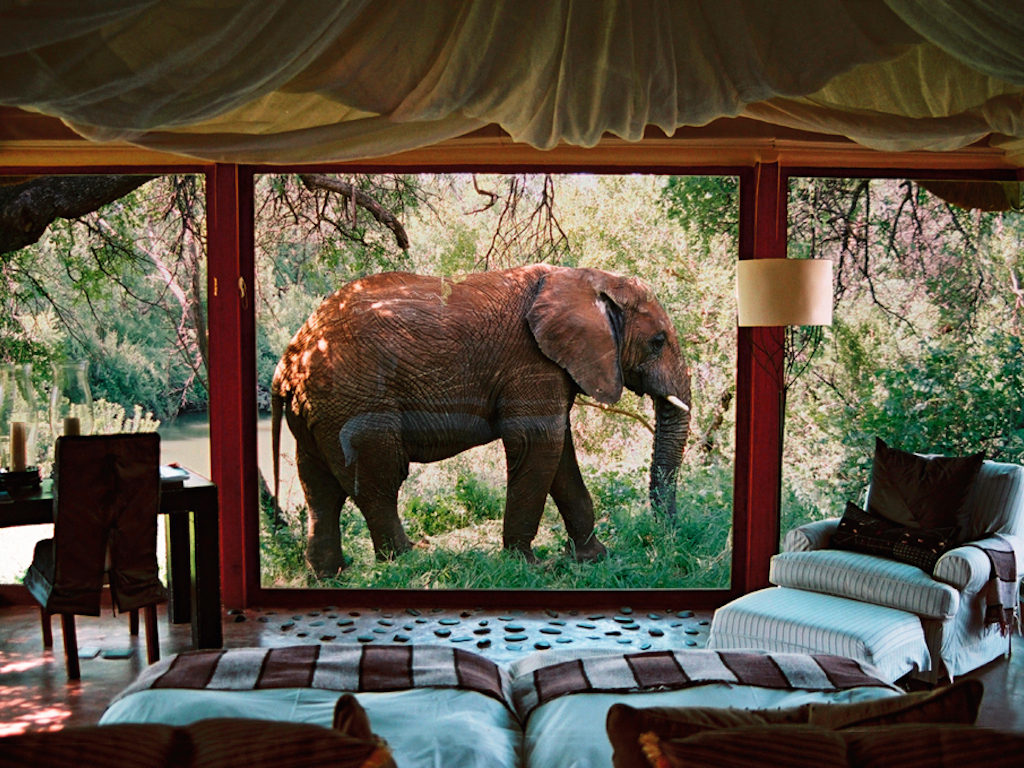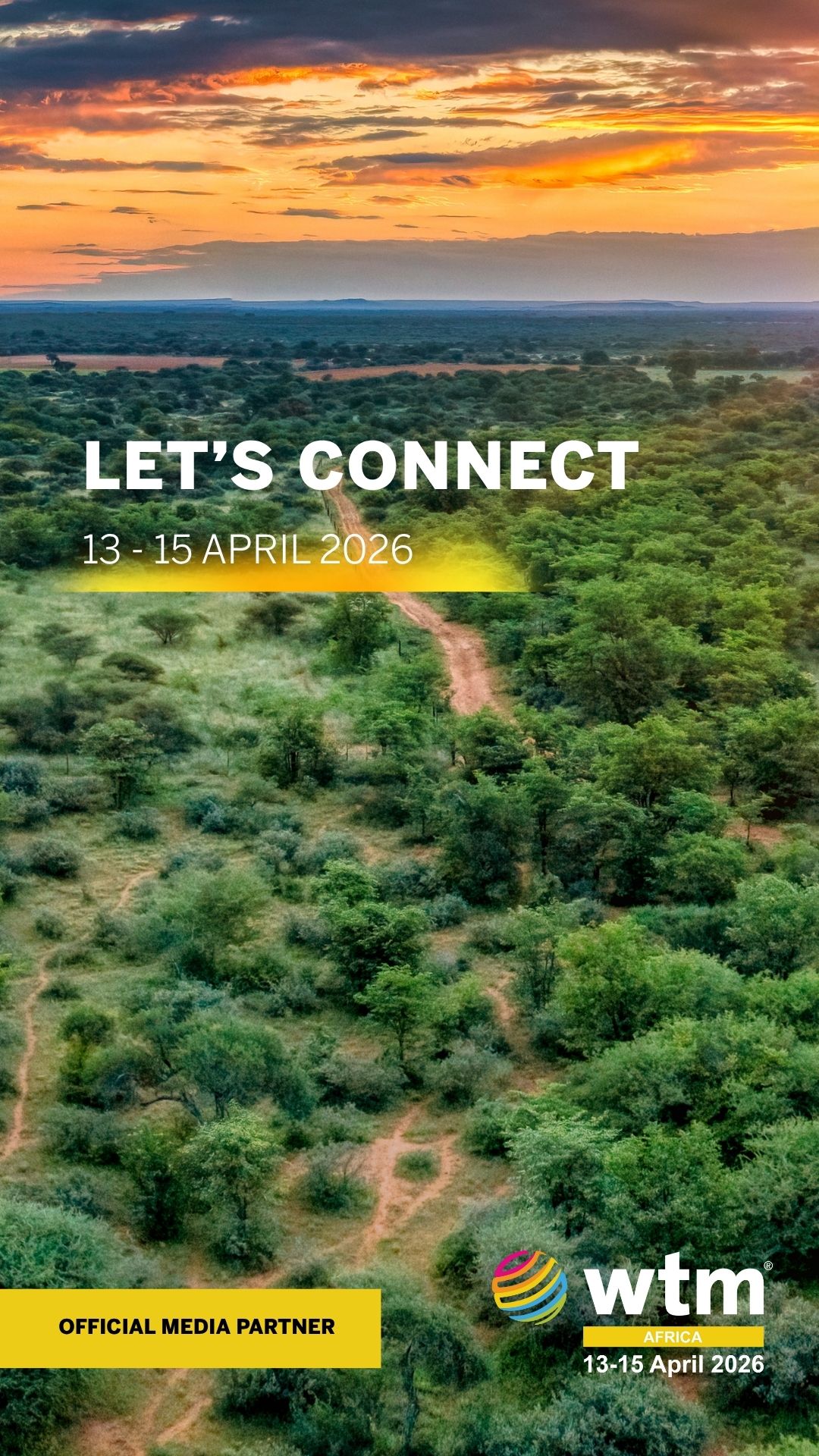Wildlife officials in Tanzania have launched an investigation into the recent deaths of eight elephants from a “strange disease.”
The disease, characterised by haemorrhage through the trunks that eventually leads to the animals collapsing, has claimed the lives of elephants living in Loliondo Game Controlled Area and Makuyuni, located outside the Ngorongoro Conservation Area, Lake Manyara National Park and the Serengeti National Park.
Deputy wildlife officer at the Ngorongoro District Council Joseph Meng’oro said veterinary officers had sent samples of blood from the dead jumbos to the Tanzania Veterinary Laboratory Agency for screening.
Officials at the Tanzania Wildlife Research Institute (Tawiri) said that the disease had affected elephants living outside protected parks, mostly in open places and in controlled areas that lack veterinary services.
Elephant populations in the Ngorongoro Conservation Area Authority, Lake Manyara, Tarangire and the Serengeti National Parks are monitored by rangers and game veterinary officers.
The Ngorongoro Conservation Area Authority conservator Dr Freddy Manongi said that elephants living inside the area have not been affected by the disease.
Wildlife researchers further said that the disease could have been spread by elephants that migrated to northern Tanzania from areas where wildlife is not monitored, mostly in open areas outside the national parks.
Tanzania has 16 national parks, 38 game reserves and the Ngorongoro Conservation Area where elephants live under protection.
Poaching remains the biggest threat to elephants in the country.
Between 1970 and 1980, poaching reduced the elephant population from about 400,000 to about 130,000 wildlife officials said.
In order to combat poaching of elephants and illegal trade in wildlife species, Tanzania has introduced military training for game rangers.
he civilian system failed to curb poaching of elephants and crimes against wildlife within and outside protected areas.
The special training involves key personnel in the Ministry of Natural Resources and Tourism.
The paramilitary force is made up of four units comprising 313 game rangers and 120 officers in charge of wildlife conservation and protection.
Source: Apolinairi Tairo The East African







